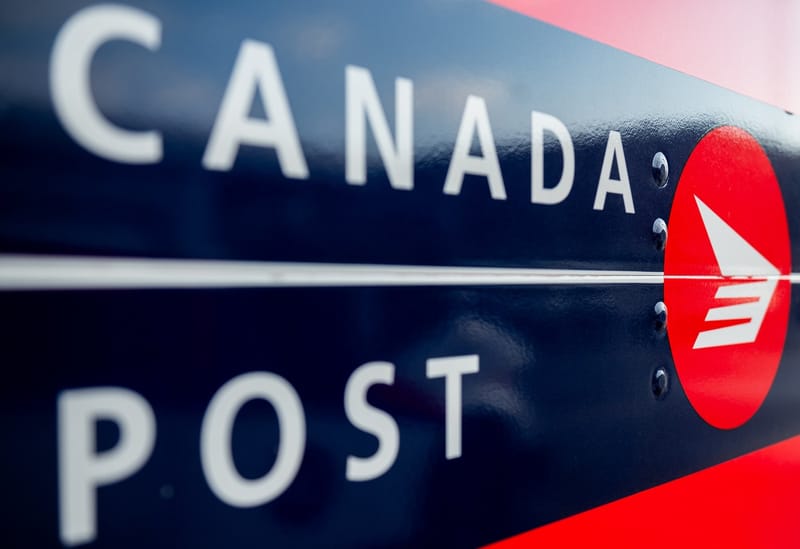When dealing with intricate supply chain problems and climate change, "clean beauty" can be challenging
Consumers increasingly demand sustainability and transparency in their beauty routines, leading to a rise in the popularity of “clean beauty.” However, misleading claims about “green” and “pure” products are prevalent.

Small brands with environmentally friendly values face significant challenges in the beauty industry, a sector worth billions and largely controlled by a few major players.
Supply chain experts note that tracing some ingredients back to their source can be nearly impossible.
The production and disposal of cosmetics contribute to carbon emissions, deforestation, pollution, and waste, while climate change exacerbates extreme weather events like heat, drought, and flooding that disrupt production.
Furthermore, many countries lack robust regulations for beauty products. Despite these hurdles, eco-conscious business owners are striving to address these issues.
Consumers increasingly demand sustainability and transparency in their beauty routines, leading to a rise in the popularity of “clean beauty.” However, misleading claims about “green” and “pure” products are prevalent.
Dale Rogers, a supply chain professor at Arizona State University, cites the example of “sustainable” palm oil, commonly used in eco-friendly cosmetics.
While sustainability certification groups may certify palm oil as sustainably sourced, blending with other palm oil can obscure its origin.
“There’s sustainability certification groups that will certify ingredients,” Rogers said. “But then it gets blended with other palm oil and you start to lose track.”
Bindiya Vakil, CEO and founder of Resilinc, a company specializing in supply chain mapping, notes that “very few” major beauty companies conduct the necessary research to trace their materials’ origins.
Even when companies are willing to trace ingredients, suppliers may not always provide the needed information.
When companies turn to public domain information, it remains an imperfect solution.
Homer Swei, senior vice-president of healthy living science and consumer safety science at the Environmental Working Group, adds that “brands are changing their suppliers all the time,” making it difficult to maintain up-to-date supply chain information.
“So even if you spend US$1-billion, did you find the supply chain today? Tomorrow will be different and it’ll be obsolete.”
Some countries have legislation that can penalize companies for sourcing from suppliers using forced labor or harmful chemicals.
However, environmental regulations lag, and profit motives and the allure of sustainable branding often discourage greater transparency, according to Vakil.
Third-party certifications and sustainability principles can be created by anyone, including beauty companies themselves. For example, Estee Lauder Companies is a founding member of the Traceability Alliance for Sustainable Cosmetics, which encourages suppliers to voluntarily share production information and uses various tools for due diligence, according to Meghan Ryan, their executive director of responsible sourcing.
Major beauty retailers like Sephora and Ulta Beauty offer labels such as “Planet Aware” or “Conscious Beauty” for certain products, but neither company responded to questions about the criteria for these labels, their prevalence among product offerings, or plans to expand them.
Swei emphasizes that the best certifications are those that offer full transparency but acknowledges that climate change complicates transparency efforts by continuously shifting supply chains.

Vakil concurs, noting that extreme weather events driven by climate change increasingly disrupt companies, particularly those reliant on farmed materials vulnerable to environmental damage.
Many small brand owners are driven to be transparent and selective about their ingredients, often spending hours tracing their origins, switching manufacturers, and accepting smaller profit margins. Entrepreneurs who are just starting out may not know what questions to ask suppliers or lack the leverage to demand answers.
Rina Clarke, who founded Buck Naked Soap Company after her infant son developed a skin reaction to traditional cosmetics, has faced disappointment in meeting her company’s sustainability and health standards.
She has found it impossible to create soaps with highly desired scents like sandalwood and strawberry because of sustainability concerns.
Many sandalwood species, for example, have been overharvested and are now endangered.
“As much as I want for us, as a business, to be competitive with other businesses, it’s hard,” Clarke said. “We don’t want to be a hypocrite is basically what it comes down to.”
Charlie Razook, founder of the men’s skincare line Jackfir, experienced delays in launching his brand due to the time spent obtaining third-party certifications, including from the Environmental Working Group, and reformulating products to meet health and sustainability goals.
He had to abandon his initial plan to use glass containers for all products, conceding that “men like tubes” despite his preference for glass.
Clarke also noted the challenge of not pricing out some customers, as sustainability often comes with higher costs.
Despite the obstacles, small business owners like Razook, Clarke, and Julie Thurgood-Burnett remain committed to their goals. They find their efforts worthwhile, especially when customers appreciate the transparency and sustainability they offer.
For Thurgood-Burnett, the personal satisfaction from her lavender crop has been significant. “It’s such an intimate relationship because you’ve put it in the ground and you’ve cared for it,” she said. “I go out and sometimes just sit there with the plants, and I love that the bees are there, and we’re doing this really neat ecosystem. That wasn’t the reason why we started it, but it’s become that.”





